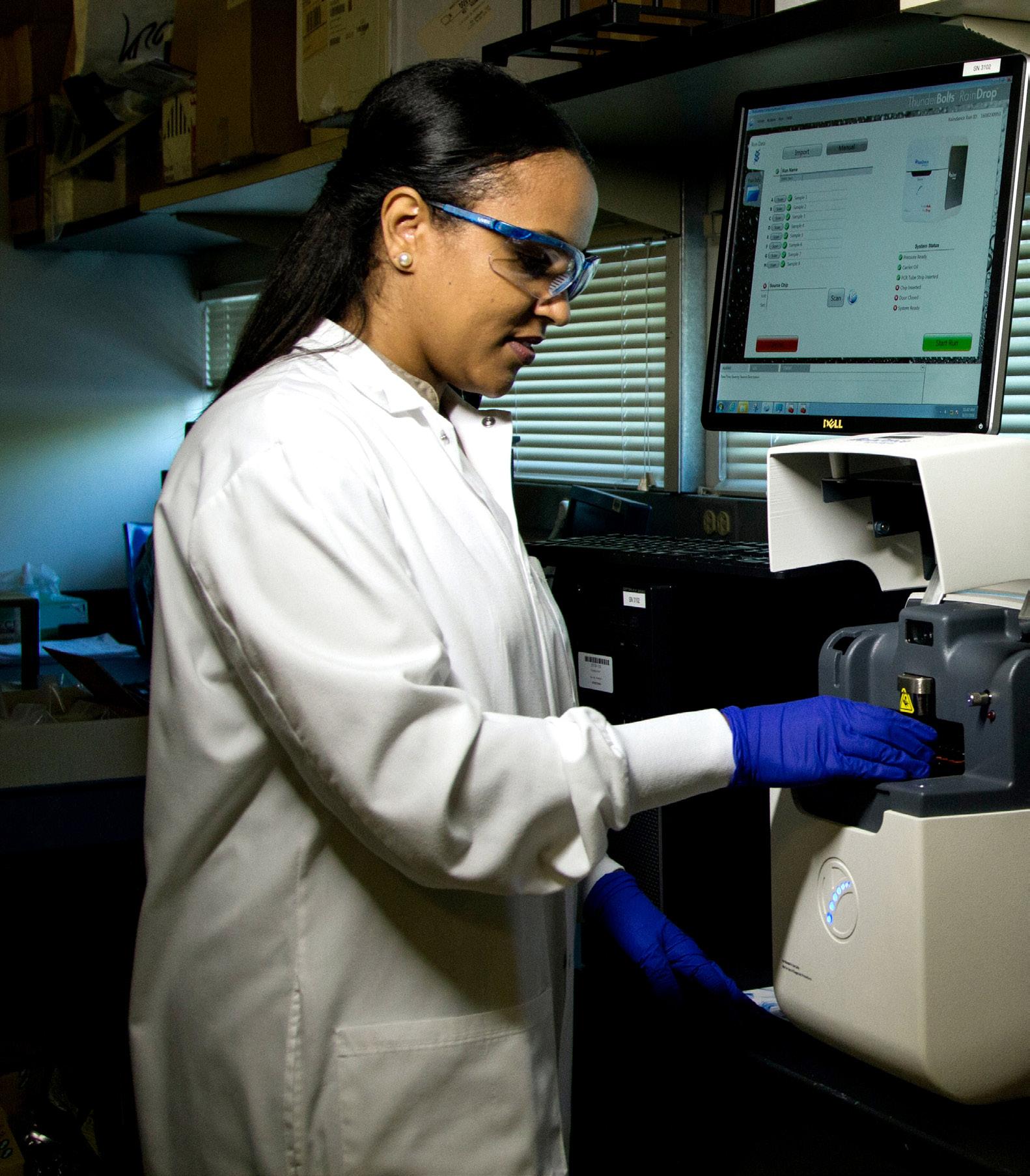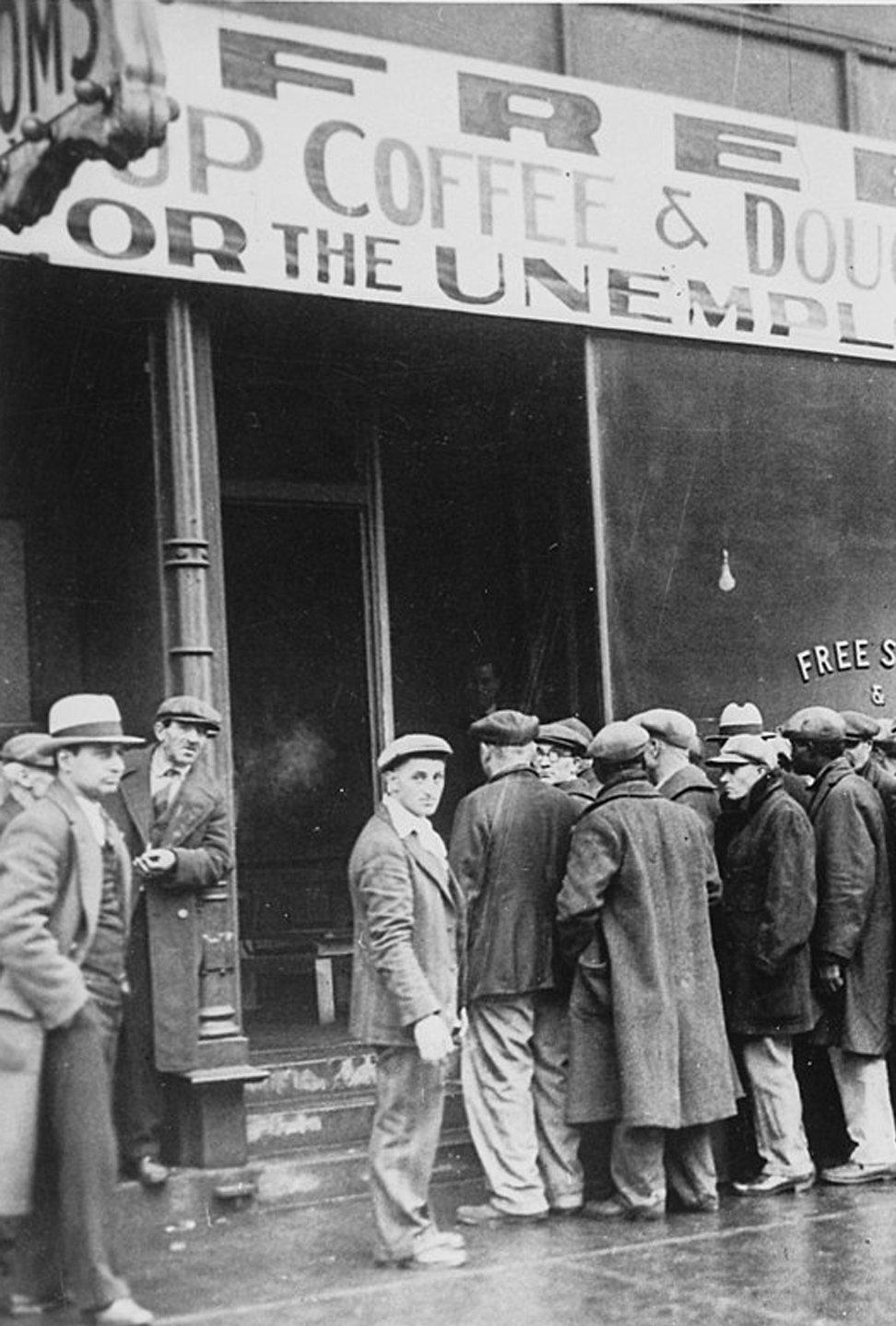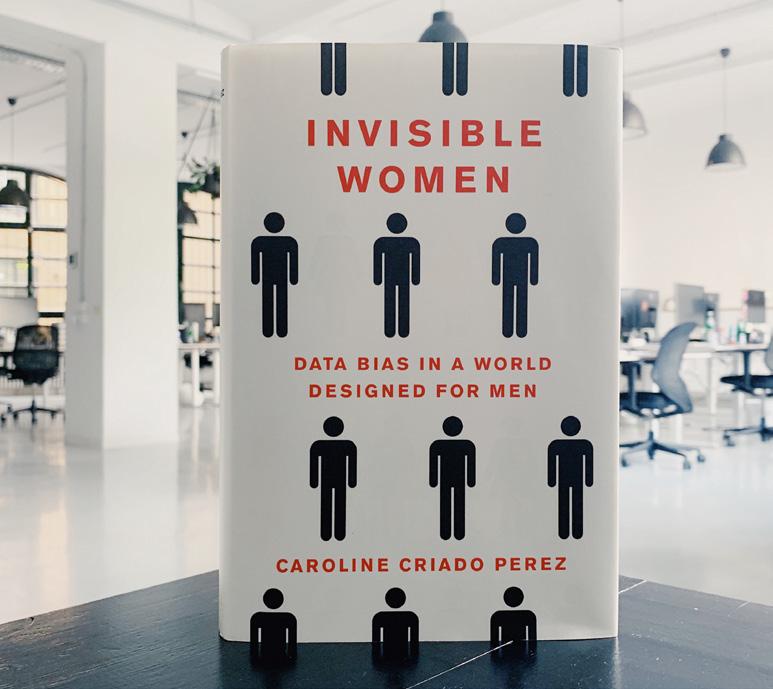
10 minute read
Mirror, Mirror: Debating Personality Tests Emily Nelson and Lian Kan
Lian Kan and Emily Nelson YEAR 12
DEBATING PERSONALITY TESTS
Myers-Briggs Personality Test 1. Myers-Briggs Personality Test
Perhaps the most popular personality test currently available (aside from the classic Buzzfeed ‘What type of bread are you?’ style quiz of course) is the Myers-Briggs personality test. With many an hour to pass over the lockdown period, people have flocked to online sites to participate in a myriad of tests and quizzes. What better time to satisfy the human desire to be categorised and labelled? The Myers-Briggs test is my personal favourite of the thousands of online tests available, as it is reliable and easily accessible to the layperson. Secretly, I think it is the cartoon characters and bright colours that make this test palatable to a wider audience.
How does it work? It is all well and good answering a long list of questions and being met with a conclusive personality type, but what is the scientific theory behind the test? Firstly, the questions are based on the Big Five personality traits - the prevailing psychological theory nicknamed OCEAN.
These five traits are openness, conscientiousness, extraversion, agreeableness and neuroticism. The Myers-Briggs personality types also stem from the work of psychologist Carl Jung. Jungian theories include the introduction of introversion and extraversion, as well as judging and perceiving types. It was then Katharine Cooks Briggs and her daughter Isabel Briggs Myers who translated these personality types into the 4 letter acronyms on the Myers
Briggs Type Indicator. However, the test on 16 Personalities incorporates more of the Big Five than Jungian types as these are simpler to measure.
Now, onto the acronyms and what they mean. Each personality type is made up of 4 letters, with an additional 5th letter to determine identity. The first letter (I/E) represents one’s mind and indicates a tendency towards introversion or extraversion. Introverts draw energy from being alone and prefer solitary activities, whereas extroverts draw energy from being around other people and prefer group activities. The second letter (N/S) determines whether one’s energy is observant or intuitive. People with the observant (S) characteristic are practical and pragmatic; ready to go into action. Intuitive (N) thinkers are more creative and will spend longer thinking about how to solve a problem than actually working on it. Where observants are practical, intuitive types are theorists,
which makes them good innovators as they allow themselves to think outside the box. The third letter (F/T) makes up one's nature. Thinking and feeling are the two characteristics which could be simplified into whether one makes decisions with their head or heart. Individuals with the thinking nature are more dismissive of emotions and base their decisions on objective information. In contrast, people in the feeling category take other people’s opinions into account when making a decision and can become overwhelmed by their emotions for others. Judging and prospecting (J/P) make up the final letter of the acronym. Judging types are more decisive and prefer certainty to spontaneity, whereas prospective types are less focused and more flexible with their plans. Lastly, the identity characteristic (-A/-T) represents whether an individual is assertive or turbulent. These sit above the 4 main traits and influence every aspect of an individual’s personality. Turbulent individuals can easily become stressed and strive for constant improvement, whereas assertive individuals are confident, stable-minded and do not dwell on past regrets.
As well as being given 4 letters, which feels quite scientific, the 16 personalities test has named each personality type, then further distilled each type into one of four roles. For example, the ISFJ type is named ‘the defender’ as they look out for the people they love. The groups which the types are put into are analysts, diplomats, sentinels and explorers. These are determined by similarities in lettering between the types. For example, analysts all have the thinking and intuitive traits. This combination means that all analysts are rational and strategic thinkers, with their collective flaw being in the social and romantic department. Diplomats earn their name from being incredibly empathetic, which leads to a desire for cooperation and harmony. The sentinels have a strong work ethic, drawing their confidence from the stability and security in their daily lives. Finally, the explorers are spontaneous, impulsive thinkers who dislike routines and monotony - however this can lead to a fear of commitment in relationships.
After receiving the results from the 16 personalities test, many participants are left feeling as though someone has taken a mental x-ray of their innermost thoughts and desires, then projected it onto the screen in front of them. In many ways, this can help people understand themselves which has two main benefits. Firstly, individuals feel understood and know that there must be other people out there with the same fears, pitfalls and fantasies as themselves. Secondly, learning about weaker areas of your personality, such as a tendency towards overconfidence or stress, helps you make slight changes to improve and not fall into the darker sides of each personality type.
However, learning about how all-encompassing and scarily accurate this test is can leave one feeling unexceptional and could possibly feel dehumanising. I am an INFP. Do I self-identify as an INFP or am I Emily Nelson, with unique quirks to my personality? Surely, a personality type is not a cookie cutter for every single person within that type. There are bound to be idiosyncrasies which exist outside the bounds of a four-letter diagnosis. Therefore, should employers be able to request your Myers-Briggs type when recruiting for a job? Arguably, this assists the employer in finding an employee suitable for the job at hand. However, you cannot change your personality type. Is this a form of discrimination? Someone with a particular personality type might be more suited for a specific role; for example, a logistician (ISTJ) may be more suited to a job analysing numbers than a mediator (INFP), who would excel further in a more creative role. Therefore, it is beneficial to know a potential employee’s Myers-Briggs type; however, this does not take into account small quirks which make up a person. In this way, decisions in terms of employment - and even relationships - should not be based solely on one’s Myers-Briggs type.
Emily Nelson - Type 4, INFP

The Enneagram of Personality
2. The Enneagram of Personality
The Enneagram of Personality is a model containing nine personality types. Developed from the works of Oscar Ichazo and Claudio Naranjo, the Enneagram is a nine-pointed geometric symbol, with the numbers 1 to 9 on each point, each representing a personality. Each personality is centred around an ego fixation, holy idea, emotion, passion and virtue, which Oscar Ichazo coined. The shape itself consists of an outer circle, representing the unity of human life. There is then a triangle between points 9, 3 and 6, and an irregular hexagon linking the other numbers. Each type has two lines connecting to two other types; it is believed that the first line is connected from the personality a person has left behind, and the second line is connected to the personality someone may grow into.
Type 1 is often known as The Perfectionist or The Reformer, having defining characteristics such as being responsible and serious-minded, having a goal to make things better for the greater good and often having a clear life mission. Resentment can be a Type 1 fixation, balanced out by their holy idea of perfection. Type 1 is connected to Type 4, The Individualist, and Type 7, The Enthusiast.
Type 2, The Giver, can often be characterised by their desire to help others and to feel like they belong. Givers are often highly empathetic and are natural team-players, often seen as the ‘mother’ or ‘father’ of a group. Their ego fixation is flattery, which can distract them from the idea of holy will or freedom that Ichazo developed. A Giver will desire feeling loved, and as a consequence fear being unloved. Givers are connected in the Enneagram to Type 4, The Individualist and Type 8, The Challenger.
Type 3 can be described as The Achiever or The Performer. They aim to be remembered in life, and will often be charismatic and goal-driven, as well as being image-conscious. Achievers may be swayed by vanity, as their basic desire is to feel valued; however, they often suffer from pushing themselves too far in their quest to not feel worthless. People who are Achievers are linked to Type 6, The Sceptic and Type 9, The Peacemaker. Type 4 is recognised as The Individualist or The Romantic, standing out due to their strong sense of identity. They often have a relentless drive to discover who they truly are, wanting to live life in their own emotional experience, but can be dramatic and temperamental in doing so. Fantasising is often an Individualist’s downfall, as they can become self-absorbed in the vision they see. Individualists worry about having no significance or identity in life, and they may overuse their
imagination in their path to finding themselves. Type 4s are connected to Type 1, The Perfectionist and Type 2, The Giver.
Type 5 is known as either The Investigator or The Observer, being observant, independent and inquisitive. They are usually analytical but tend to be secretive and isolated due to their independent nature. Investigators may give in to the acquisition for material gain or social value, fearing helplessness without material worth. Investigators are linked to Type 7, The Enthusiast, and Type 8, The Challenger. Type 6, The Sceptic or The Loyalist, is often described as organised and well-liked, prioritising safety and security in their life by developing a social group which they can fit into. Sceptics like to prepare for any problems that may arise, spending a lot of their time thinking up hypothetical situations. As per their second name, they value trust as the most important value, and so will often suffer from cowardice, indecision and doubt in situations they did not prepare for. Sceptics are connected to Type 3, The Achiever, and Type 9, The Peacemaker.
Type 7 can be described as The Enthusiast or The Epicure: having a wide range of interests and being playful are two common traits to find in a Type 7. Enthusiasts will often be popular among peers and versatile at work, with their boundless energy and natural charisma. However, with their endless need for fun, they can often become bored, fearing being unfulfilled or being trapped, which can lead to them thinking that they can feel satisfied somewhere else. Type 7 is linked to Type 1, The Perfectionist, and Type 5, The Investigator.
Type 8 is often known as either The Challenger or as The Protector, having key characteristics such as being self-confident and standing up for what they believe in. Challengers are often found in leadership positions, but, as the name ‘The Protector' implies, they are extremely loyal to those they are devoted to; however this may lead to them seeking vengeance in situations. They may often challenge authority, as they believe that respect is earned through reason, and a fear of Type 8s can be being controlled or violated. Challengers can be connected to Type 2, The Giver, and Type 5, The Investigator.
And finally, Type 9 is described as either The Peacemaker or the Mediator. These people are often known as agreeable, complacent and easy-going, will let the people around them set the pace, and will often be indecisive or neutral to restore group harmony. However, due to this nature of sitting back, they are often both lazy and idealistic, which can lead them to avoid selfassertion. Peacemakers are linked to Type 3, The Achiever, and Type 6, The Sceptic. The Enneagram Model has become more popular over the years, from people taking the test to discover more about themselves to all types of use, such as counselling, parenting, education; some workplaces use it to analyse whether a future employee is suitable for a job. The main aim of the model is to deepen self-understanding, so identifying your type is the first step; however, as there are for most psychology models, there are criticisms of the Enneagram.
The first is that the model has deep roots in the spiritual world, with the Holy ideas and ego-fixations, as well as the numerous assumptions about one’s future, which is arguably not set in stone. Because of these roots, the Enneagram is used less frequently in the workplace than systems such as the Myers Briggs Personality Tests and DISC as these are perceived to have more practical observations. The Enneagram also assumes that you keep your ‘real essence’ throughout your life, as well as having to fit into one of the nine types.
All in all, the Enneagram is one of the most interesting of the many personality models that attempt to explain the human psyche.










